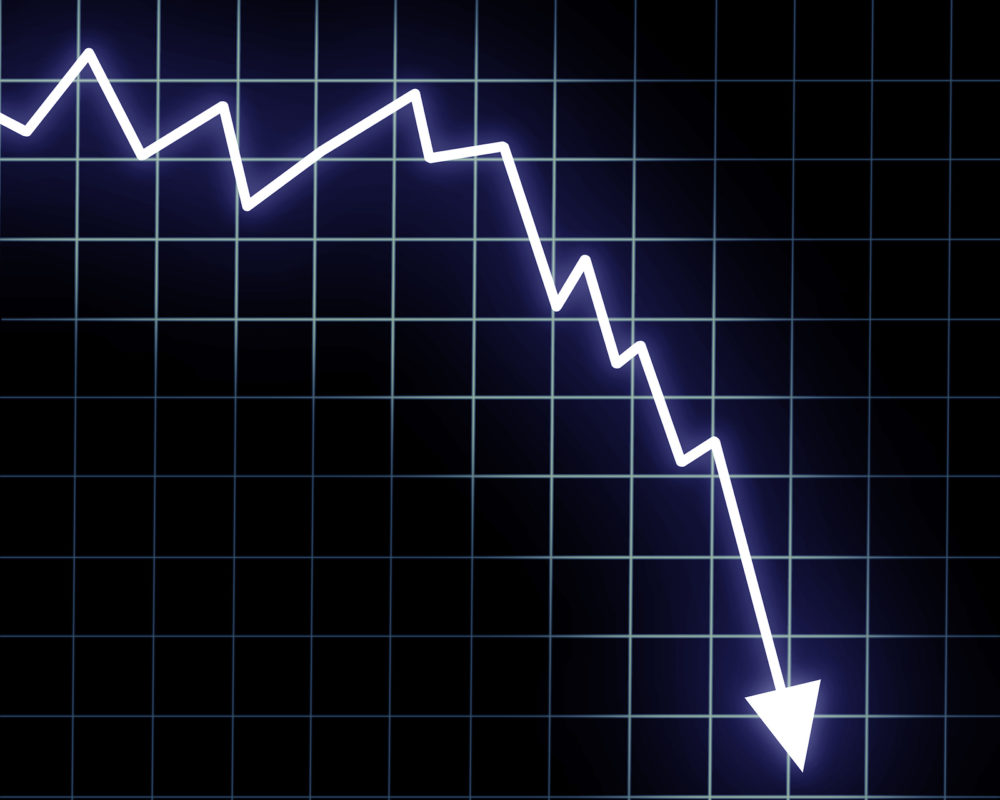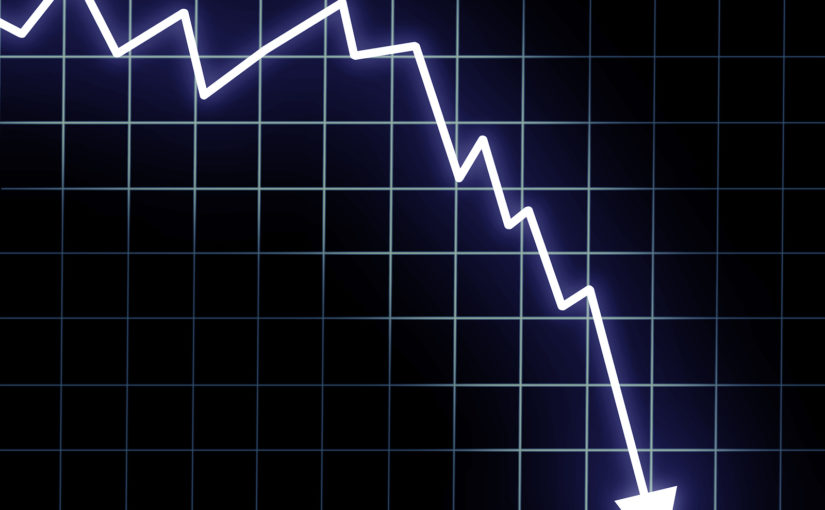
North Dakota State saw a slight decline in enrollment numbers for the fall 2018 semester. However, this decline was less severe than what was originally forecasted. The university expressed that it expects to see an approximate $5 million loss in revenue due to the declining enrollment.
University spokeswoman Sadie Rudolph expressed that the $5 million estimate is just the loss in tuition revenue and announced that the university could see further cuts from state funding in the next biennium under the current funding formula, which calculates funding from the number of credit hours completed by students.
The official enrollment count for the fall 2018 semester was 13,796 students, which is 562 less than the previous academic year and amounts to a 4 percent decrease, the worst enrollment decrease for NDSU in the past three decades.
From the start of the 2015-17 biennium to now, the North Dakota University System has absorbed a reduction of approximately 18 percent in its appropriated general fund dollars.
The governor’s early budget priorities highlight a $50 million cut to higher education, about 10 percent. NDUS chief financial officer and vice chancellor Tammy Dolan expressed that the recommended cuts by Gov. Doug Burgum “will have a significant impact” on the state’s universities and colleges.
NDSU is not the only school that faced decreased enrollment numbers across the state. The University of North Dakota experienced a fall enrollment decline, seeing a similar 4 percent decrease of 559 fewer students than last fall. However, several NDUS institutions saw enrollment increases, including Valley City State University and Mayville State University.
NDSU President Dean Bresciani announced that he took over direct oversight for undergraduate enrollment in order to prioritize the challenge the university is facing.
Bresciani also announced the creation of the “Strategic Enrollment Management Coordinating Group, which consists of staff from different areas of campus including Enrollment Management, Finance and Administration, University Relations and Institutional Research.”
“I have charged them with evaluating our processes and proposing recommendations. I expect that they will work creatively, cooperatively and aggressively, all while maintaining NDSU’s commitment to academic rigor and being student-focused,” Bresciani said.
Bresciani and the university have already begun to act on the group’s recommendations, including expanding the first-year scholarship offers to a greater number of students.
“All indications show that we have entered a more competitive landscape due to long-term regional demographics,” Bresciani said. “The schools that will fare best in this environment are those where people work together as a community.”
“In addition, lower enrollments hurt our local and state economies, which continue to have workforce shortages. These economies depend upon NDSU to serve as a magnet for out-of-state students, some of whom will become North Dakota’s next generation of leaders, educators and entrepreneurs,” Bresciani said.
Overall, the NDUS experienced and reported a 2 percent decrease across the state, which amounts to 905 fewer students than last fall.
